What Are The Benefits Of Surya Namaskar?
The Sun Salutation is thousands of years old and originated in India. In Sanskrit called Surya Namaskar
– Surya: sun
– Namaskar: salutations
Why should you do the Sun Salutation?
The Greeting to the Sun is originally a morning ritual, as a greeting to the rising sun that brings its energy to the earth. But you can actually do it at all times of the day. It is a complete exercise in itself, but can also be used to prepare for a more intensive yoga session. You can repeat the series 3-20 times.
The benefits of the Sun Salutation
The Sun Salutation ensures a good flow of energy through the body and it stimulates blood circulation.
You become supple and flexible from the Sun Salutation because you stretch your muscles during the practice. The nervous and muscular systems are addressed
You can perform the Yoga Sun Salutation in a fluid manner, with the breath leading the postures. You exert yourself with the postures and the inhalation, but you relax with the exhalation in the posture. Breathing becomes wider, deeper, and well regulated.
Doing the Sun Salutation requires a lot of effort, the blood circulation is stimulated, which also makes the heart work better.
It’s a complete workout for your body: abdominal muscles, arm muscles, leg muscles. You all train them with the Sun Salutation.
The organs have to work harder during exercise, which stimulates your immune system positively. The organs are also massaged during the various postures, which is good for digestion.
The Yoga Sun Salutation has a relaxing effect. You have to focus on the movements. By combining movements and breath, this has a relaxing effect on your body, but you start with more energy.
How to perform the surya namaskar
In fact, we should speak of a sun salutation and not of the Sun salutation, because there are different variants.
Start in samastiti: stand upright with your feet together and your arms by the side, palms towards your thighs. Tuck in the tail of the spine. Concentrate on your body as you prepare for the poses you will perform.
1. Pranamasana – Prayer position: Keep your feet together and bring your hands in front of your body. Place your palms together with your fingers up. Hold them in front of your chest, with your thumbs against the breastbone. Breathe in and out a few times while standing in this position.
2. Hasta uttanasana – Take a deep breath. Lift your arms up and arch back. Push your hips forward slightly. Stretch up and back as far as you can, and also stretch your fingers. Keep your head in line with the upper arms. As you tilt your head and neck back, make sure you do not strain them.
3. Padahastasana – Exhale as you bend forward and down toward your feet. Bend from the lower back. Fingers and toes in line. Place your palms on the floor next to your feet. Your head hangs down and (almost) touches your knees. (You may bend your knees if you are not so flexible. Place your hands on the floor, and try to stretch your legs as far as possible.
4. Ashwa Sanchalanasana – Inhale and put your right leg back, right knee on the mat, right toes relaxed. Your left foot remains between your hands. Raise your head and chest up. Open your shoulders and lookup.
5. Dandasana – Retain the breath. Put your left leg back and inhale. Place your left leg next to your right leg. You now have stretched arms and legs. Bring your body, head, neck, and spine in a straight line.
6. Ashtanga Namaskara – Exhale and drop your knees to the floor and then lower your upper body. Your body hits the ground at eight points: hands, knees, feet, chest, and forehead, or chin.
7. Bhujangasana – Inhale and lift your head and chest up and lookup. Shift your weight forward so that your body is largely on the floor. Placing the region below the navel on the mat. Shoulders open and elbow tucked in. (if you have any discomfort in the neck, look in front
8. Parvatasana – Exhale, tuck the toes, and lift your hips. Keep lifting them until your body forms a triangle. Your arms and legs are fully extended. Try to bring your heels on the mat.
9. Ashwa Sanchalanasana – Inhale and bring your right foot forward between your two palms, which are flat on the floor. Left knee on the mat, left toes relaxed. Raise your head and chest up. Open your shoulders and lookup.
10. Padahastasana – Return to the ‘standing forward bend’. Place your left foot next to your right foot while exhaling. Your palms are flat on the floor, fingers and toes in one line. Stretch and try to get close to your knees.
11. Hasta uttanasana – Inhale and stretch forward and up, and stretch your arms up and arch back.
12. Pranamasana – Return to the starting position. Bring your arms back down as you exhale. Place your palms together and bring your hands in front of your chest with your thumbs against your breastbone. Relax and let your arms hang down at your sides again.
Repeat the other side, interchange right for the left leg. Make smooth, continuous movements to get from one position to another.
Benefits of each asana in Surya Namaskar
Benefits of Pranamasana (prayer pose)
- It is used as the most common form of greeting in India and many eastern countries.
- It forms the first and last asana of the Surya Namaskara series of poses.
- It creates a sense of relaxation and concentration for beginning the Surya Namaskara poses.
Benefits of Hasta Uttanasana (Raised arms pose)
- Expands and Opens the Chest
- The bending helps in releasing the knots and toning the muscles for a healthier back.
- Works on Abdominal Organs and Muscles
- Calms the Brain
Benefits of Padahastasana (hand to feet pose)
- It helps to improve balance, flexibility, and posture of the body.
- It helps to eliminate stress, fatigue, and anxiety
- It is beneficial for people suffering from problems associated with the throat and nasal regions.
- It improves blood circulation
- Tones and energizes the spinal nerves and muscles.
- Massages the abdominal organs
- The asana is beneficial for people who are suffering from abdominal bloating, gastric problems, constipation, and indigestion.
Benefits of Ashwa Sanchalanasana (equestrian pose)
- It stretches the spine and hence increases the flexibility of the back
- It strengthens the chest muscles and hence helps in enhancing the capacity of the lungs
- The pose massages the abdominal organs and improves their functioning
- Strengthens the leg muscles and induces balance in the nervous system
Benefits of Dandasana (staff pose)
- Abdominal Strength and Endurance to be beneficial for a majority without any side-effects
- Strengthens Arms
- Beneficial for Back Muscles
- Stability and Flexibility
- Body Awareness
Benefits of Ashtanga Namaskara (salute with eight points)
- Improves the Flexibility and Posture
- It improves your self-Awareness
- It stretches and Strengthens your Muscles as well as you Mind
- It strengthens the muscles of the hands and legs.
- It strengthens the chest.
Benefits of Bhujangasana (cobra pose)
- Opens up the shoulders and neck.
- Tones the abdomen.
- Strengthens the entire back and shoulders.
- Improves flexibility of the upper and middle back.
- Expands the chest.
- Improves blood circulation.
- Reduces fatigue and stress.
Benefits of Parvatasana (mountain pose)
- Straightens the muscles of the back.
- Stretches all the abdominal and pelvic muscles and loosens the hips.
- It helps reduce fatty and flabby abdomen.
- Internal organs in the abdominal region get a proper massage
- Improved blood circulation
The Surya Namaskar can be performed quickly or slowly. It is an excellent stretch that harmonizes the mind and body. The Sun Salutation is a pleasant and healthy way to start the day! ![]()
6 Comments
Trackbacks/Pingbacks
- 8 common types of yoga and their benefits - Transformelle - […] yoga are associated specifically with the backbone of the so-called “Sun Salutation” (Surya Namaskar) settings. These postures are said to be…
Submit a Comment
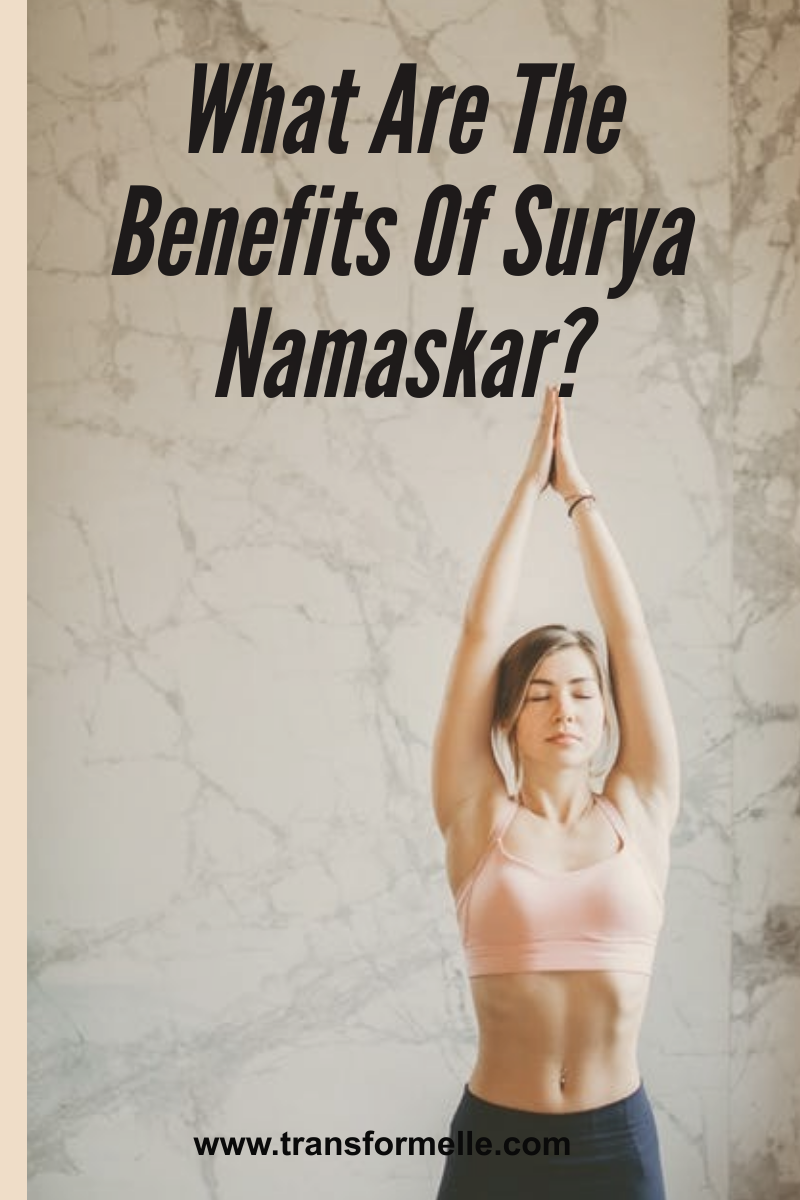
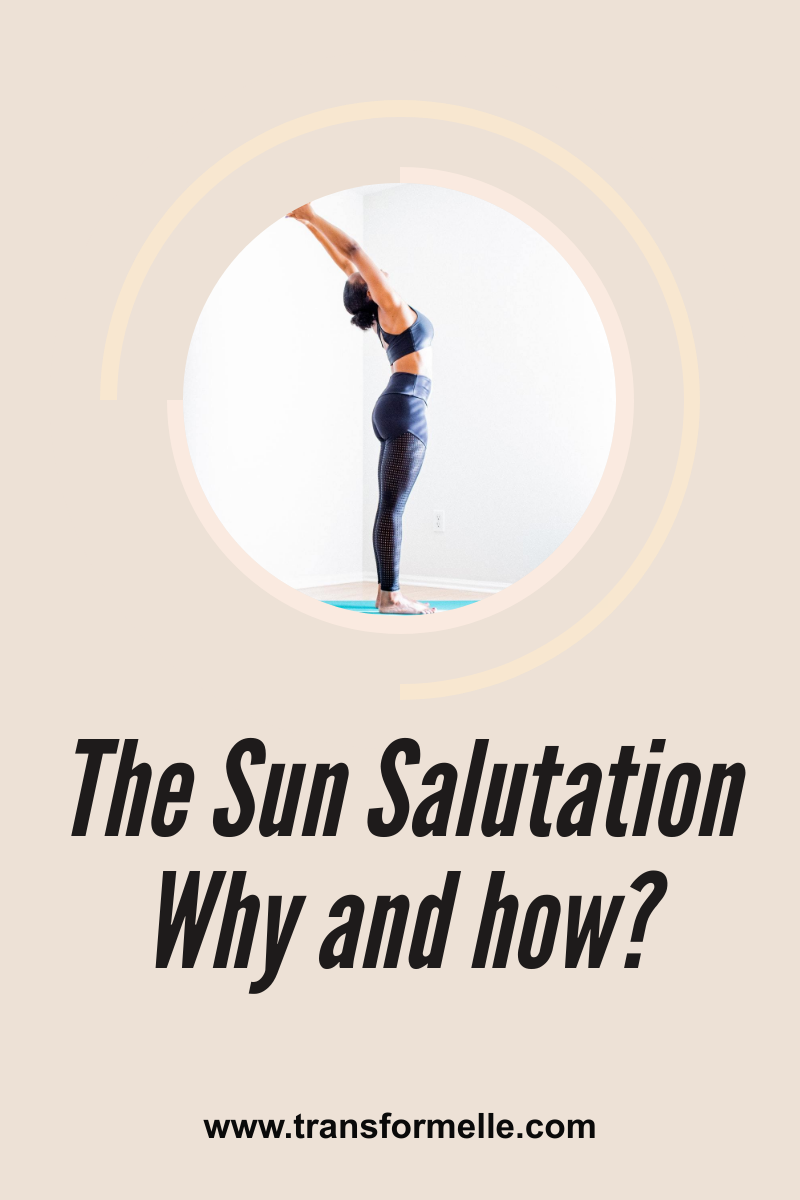



Did you find this post useful, inspiring? Save one of these pins above to your healthy lifestyle board on Pinterest.


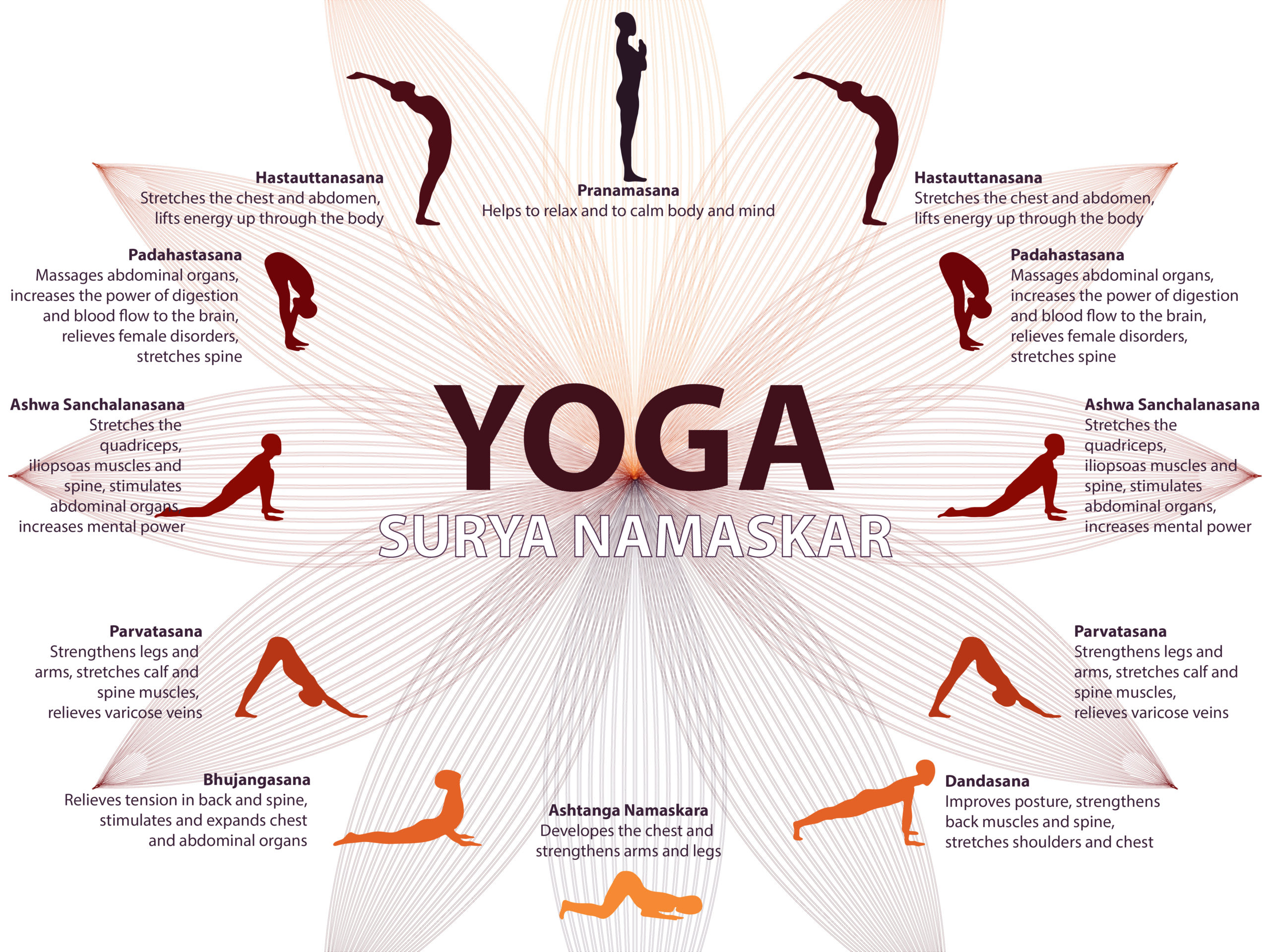
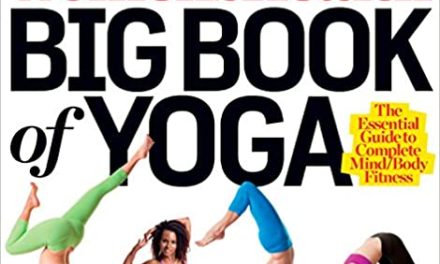
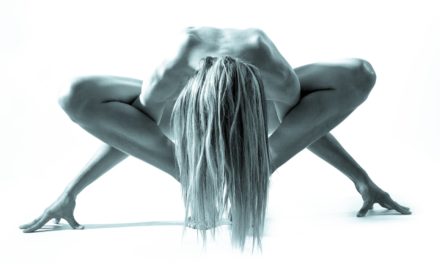
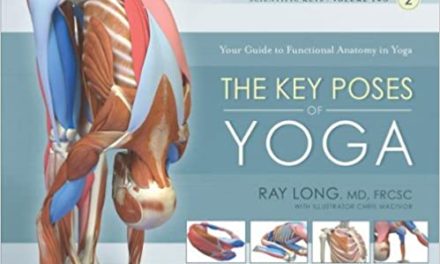
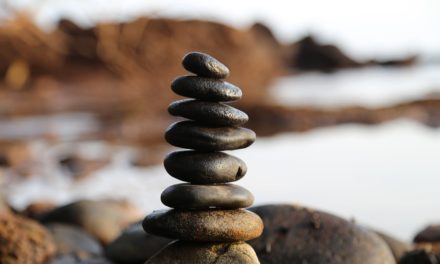
It’s really informative and useful to have sound knowledge and health. Thanks
Thank You for the greet article, I love reading it!
Hiya, I loved reading your post. Thanks for the huge info. Hoped that we will lengthen our friendship through a mutual hyperlink trade? Let me know, and high-quality to see you here!
I am glad and nice to be a visitant of this everlasting blog ! appreciate it for this rare information indeed!.
actually liked the article you posted actually. it really isnt that simple to find even remotely good posts to read (you know READ! and not just going through it like some zombie before moving on), so cheers mate for really not wasting my time on the god forsaken internet. 😀
I admire the beneficial data you offer in your articles or blog posts. Ill bookmark your blog and have my kids check up right here usually. Im very sure they will learn lots of new things here than anybody else!